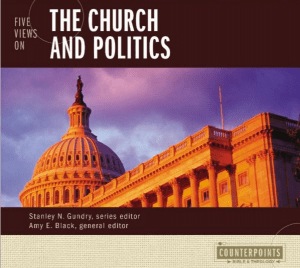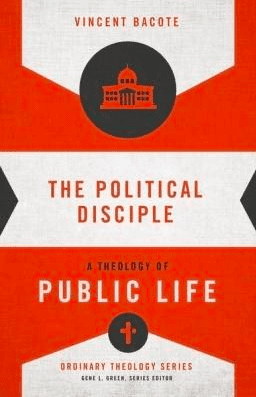Isabel Wilkerson’s first and new book — The Warmth of Other Suns: The Epic Story of America’s Great Migration — is exceptional. It is a work of narrative non-fiction — about the Great Migration of blacks from the South to the North. It belongs in every library and I hope thousands read it.
 Where I grew up, in Freeport IL, blacks lived on the East Side, on the other side of the river, and on the far side of the tracks. To be sure, some blacks began to integrate into formerly all-white neighborhoods in the 60s and 70s, but most blacks lived on the East Side (or in some “projects” on the north-west side).
Where I grew up, in Freeport IL, blacks lived on the East Side, on the other side of the river, and on the far side of the tracks. To be sure, some blacks began to integrate into formerly all-white neighborhoods in the 60s and 70s, but most blacks lived on the East Side (or in some “projects” on the north-west side).
My father was a track and field coach, practices were often late, and it was not unusual for my father to take some of his athletes home, and by that I mean my father took athletes to their homes on the East Side. As a kid I was often in the car and felt a sadness about where they lived and the condition of their homes and the poverty that exuded from the entire segregated East Side. One of the athletes was Preston Pearson who became the first NFL player to get a Super Bowl ring for three different teams — Colts, Steelers and Cowboys. Another was Jimmy Johnson who became the owner of the Charlotte NBA basketball team.
My father’s coaching brought me into a semi-integrated world, but a world that was just as capable of being racially charged.
I can’t say that it registered deeply, but it was not uncommon to hear one of my black friends in Freeport, like Reverend Huff or Jimmy Mack, say something about “The South” or “Jim Crow laws.” What I wasn’t aware of, and what Isabel Wilkerson’s new book details and personifies, is that the blacks I grew up with had their origins in the South and, beginning about 1910, were part of what historians and sociologists now call “The Great Migration.”
From about 1910 to 1970 approximately 6 million “coloreds” and then “Blacks” and then “African Americans” (she uses these terms in their development) migrated from the South to the North. Jim Crow laws drove blacks north, though the Jim Crow laws of the North were hidden and subtle but present. This book is outstanding. It exposes America’s unknown story and it will haunt the consciousness of the racist structures of our society. It tells the story of America — of slavery and its disastrous impacts on blacks, on whites, and on our culture. It tells the story of courage and grit and the determination of so many blacks who beat the system to find better wages and a better life in the North. The risks taken, the threats left, the world of lynchings … the courage.
It tells the story of America — of slavery and its disastrous impacts on blacks, on whites, and on our culture. It tells the story of courage and grit and the determination of so many blacks who beat the system to find better wages and a better life in the North. The risks taken, the threats left, the world of lynchings … the courage.
Most of all it tells the story of three people: Ida Mae Brandon Gladney (pictured before the jump), George Swanson Starling, and Robert Joseph Pershing Foster. And pictured to the right is the author: Wilkerson’s skill as a writer and storyteller transform this story into almost fictional narrative delight — I couldn’t put the book down on our recent vacation.
Wilkerson sets these three stories into their social and cultural and religious contexts with interlude like discussions of numbers and facts and trends. In the process Wilkerson corrects mistaken notions about the work ethic and morals of those who migrated. But the book is sustained by the gripping but realistic narratives of three “heroes”: Ida Mae, George and Robert. Ida Mae migrated to Chicago and lived a faithful, steady, industrious but poor life. George moved to New York City and worked the train from NYC to Florida, where he was from. And Robert up and left Monroe Louisiana to become a very successful medical doctor in LA (and Ray Charles was one of his patients).
There is no way to blog through this book. The book — the story of the Great Migration — has to be experienced. A conscience-shifting book.











